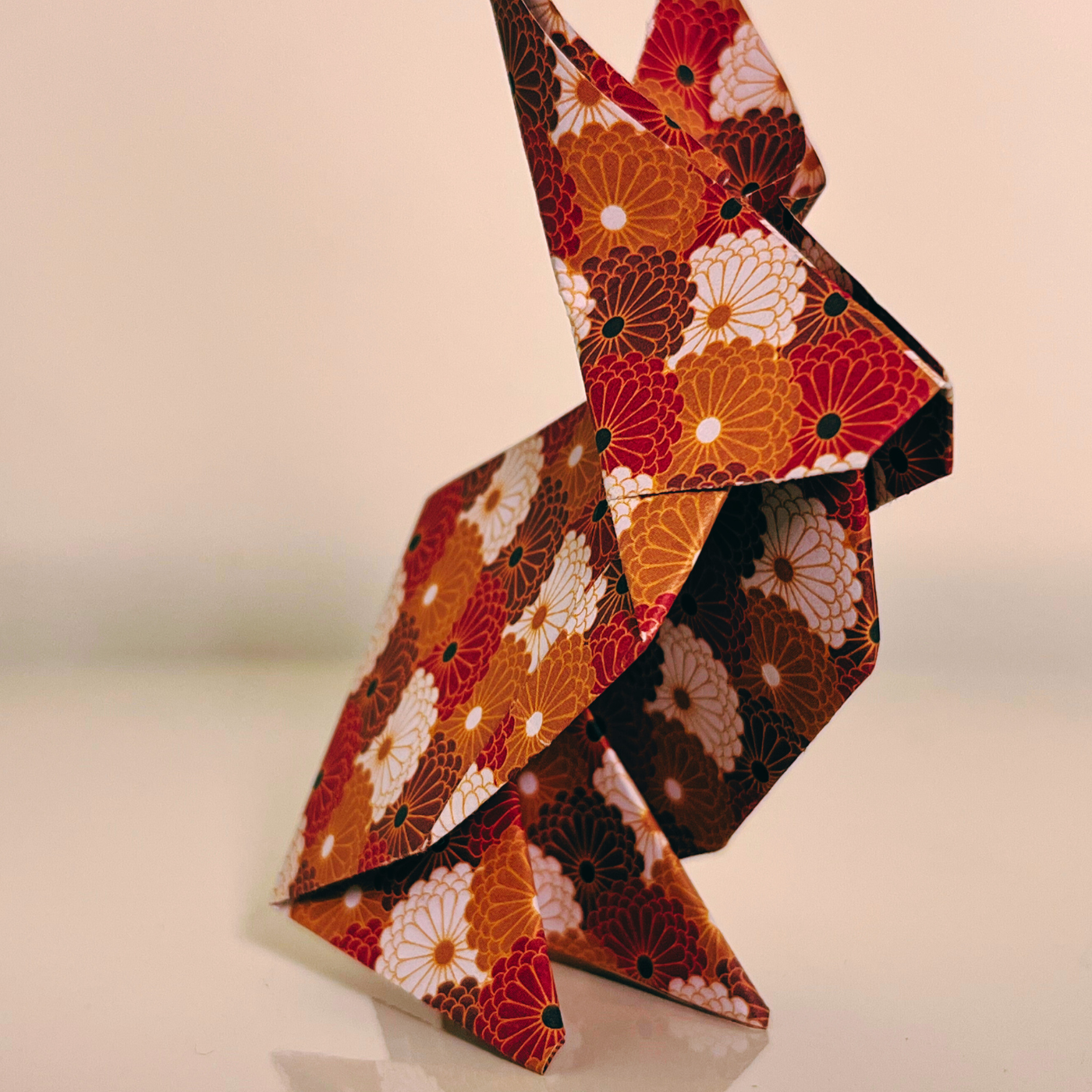- Magazine Dirt
- Posts
- On filler
On filler
I remember the Earth Room.

Drawing by Daisy Alioto
Daisy Alioto on hotdogs, microplastics, Joe Brainard and the summer of filler.
Polaroid Corporation co-founder Edwin Land was known for his showmanship. In the late 1920s and early 1930s, Land perfected the technology to produce polarized sheets at commercial scale. As Christopher Bonanos recounts in Instant: The Story of Polaroid, Land reserved a hotel room where he pitched his polarized sunglasses to American Optical––making sure the room was facing the sun at the time of the pitch. As the executives streamed in, he apologized that the room was so bright, the glare off the bowl of goldfish he’d placed in the window rendering the fish invisible. As he handed them polarized sheets, he said: “you probably can’t even see the fish.”
I remember goldfish.
Driving away from the rural airport where we watched the eclipse (through glasses) this spring, my mother commented on the number of geese. “Leave a goose, take a goose,” I mused out loud, thinking of the little red leave a penny, take a penny container in the corner store where I used to buy peach rings in between dance classes as a child.
My mother’s friend laughed in a way that indicated that she didn’t quite get the joke, but was happy that we both did. It’s like––we said between giggles—you know…
It seems like the type of joke that Joe Brainard would appreciate. The poet, artist, collagist and writer once wrote a short story called No Story consisting of one line: “I hope you have enjoyed not reading this story as much as I have enjoyed not writing it.” Brainard’s most famous prose work, I Remember, is a curation of memories from his childhood in Tulsa and early adulthood in Dayton and Boston (briefly) and among New York School poets like Frank O’Hara. It has a bit of a cult following among my friends. The book flows over 150 pages, lilting with the rhythm of Brainard’s repeated phrase, I remember.
I remember peach rings.
I Remember is simultaneously all minutiae and zero filler. “I remember rocks you pick up outside that, once inside, you wonder why,” he writes. “I remember stories of what hot dogs are made of.” Leaving a penny and taking one is funny, because pennies are filler. Some people even throw them out. Geese, too, might be considered filler––although I’ve never thought of them that way. Hotdogs are almost all filler. And leave a rock, take a rock is a nice attraction for an enterprising public park.
I remember taking rocks.
Hotdogs are almost all filler. And leave a rock, take a rock is a nice attraction for an enterprising public park.

In 2017, I wrote about The New York Earth Room, a Walter De Maria installation in Manhattan’s Soho. I was particularly interested in negative reviews of the artwork, which consists of 250 cubic yards of earth piled 22 inches deep.
“I had to see this just to experience the extravagant wastefulness of a dirt filled room in pricey Soho,” wrote one Yelp reviewer in 2013. Another said, “Visiting this place is akin to watching someone burn hundreds of dollar bills before your eyes without even any political message, just because they can spare the money for such perverted kicks.” As the neighborhood changes around it, the artwork has become a middle finger to commercial real estate.
When I visited the Earth Room last week, I sat across the street as I waited for my companion to arrive. Next to me was a girl in an arm sling and braided pigtails, eating an ice cream cone. Further down the block was a man calling around to different hospitals to find out where they had taken his mother. People came by and told the little girl she was very brave. Nobody told the man that he was.
I did a little thought experiment. I thought about all of the people in the world who never get any care, pleasure or tenderness and that made me sad. But then I thought about someone getting just a little bit and that being enough and for some reason that made me even sadder.
Once inside, I told my companion everything I love about the Earth Room. I think it’s one of the most romantic places in the city, I said. I like to imagine there are two worms on opposite sides of the 3,600-square-foot room and that they spend their whole lives trying to find each other.
I think what I like most about the Earth Room, though, is that it’s not filler, and this summer has felt like a fight against filler.
I think what I like most about the Earth Room, though, is that it’s not filler, and this summer has felt like a fight against filler.
Filler is not the same as trash or garbage, in fact it’s much harder to get rid of. In a mini-essay about garbage, Brainard writes: “As I was saying to my garbage on the way out the door the other night––‘Why should I carry you down three flights of stairs? I don’t even like you!’” It’s nice to have strong feelings of like or dislike either way, which is hard with filler. As I’ve written, “having trash taste isn’t the same as having bad taste,” but an overabundance of cultural filler makes it hard to cultivate any taste at all.
This sickness extends to the pollution of sound everywhere we go, bursts of music and conversation competing with other people’s devices, filling the silence. This, in turn, forces us into our own headphones––even when we try to experience the world for what it is. Last week, I forgot my headphones, and was looking forward to a long train ride in touch with my surroundings but could hardly last one minute on the platform with a man who played the same clip repeatedly off his phone. A male voice saying, “What are the more out there things people have asked you to do?”
In a poem called Life, Brainard writes: “Now, to get down to the basics. There are 24 hours a day. There is you and there are other people. The idea is to fill these 24 hours as best one can. With love and fun. Or things that are interesting. Or what have you. Other people are most important. Art is rewarding. Books and movies are good fillers, and the most reliable.”
The cacophony of the train platform reminded me of a tweet by @ZeroSuitCamus aka Claire Penis. Classic rock musicians love being like “yeah I think for 3-4 of these songs I’m gonna do timeless classics and then for the other 8 I’m gonna make them all kinda sound like the ice cream truck song” Without good cultural curators we are surrounded by ice cream truck song, basically. Just ice cream truck song all the time.
Without good cultural curators we are surrounded by ice cream truck song, basically.

The activity around meme stocks, which felt like a true culture shift in 2021, is starting to feel stale. On June 7th I sat in a YouTube waiting room with 400,000 people waiting for prolific r/wallstreetbets poster Roaring Kitty to livestream for the first time in years. “This is so unprofessional,” someone joked in the chat as the clock ticked past the appointed hour. Others speculated he had been taken into custody. The truth was much more anticlimactic: he showed his own E-Trade account, revealing that he was down $235 million on his GameStop investments—one of the “meme” stocks that vaulted him to fame three years ago.
“It was a lot of mindlessness for not a lot of content,” one investor told the New York Times, about the stream. But it isn’t just financial shitposting that isn’t hitting—it’s stunts from brands that previously drove cultural conversation. Apple once promised, “You’ll see why 1984 won’t be like 1984,” in the iconic Super Bowl ad that teased the Macintosh as no less than the solution to mind control.
But in 2024, an Apple spot resembles cultural demagoguery itself––so felt some critics of a recent ad for the thinnest iPad ever. This “thinness” is conveyed through the hydraulic crushing of musical instruments, paint cans, books, cameras and other tools of culture. As if to say: look ma, no filler. The value is assumed to be in the technology, where it can be concentrated inside apps, but that says nothing about the merit of what these apps can produce.
For that, we can look at what they have produced. TikTok videos of medspa employees with faces full of injectables, royalty-free sound loops to undergird the song of the summer, and lots of memes about balls filled with microplastics. Of course, that’s just one angle. If you look for filler, you’ll always find it. But doesn’t it seem like we’re a little more proud of the filler than we used to be?

I REMEMBER

LOOK MA, NO FILLER




